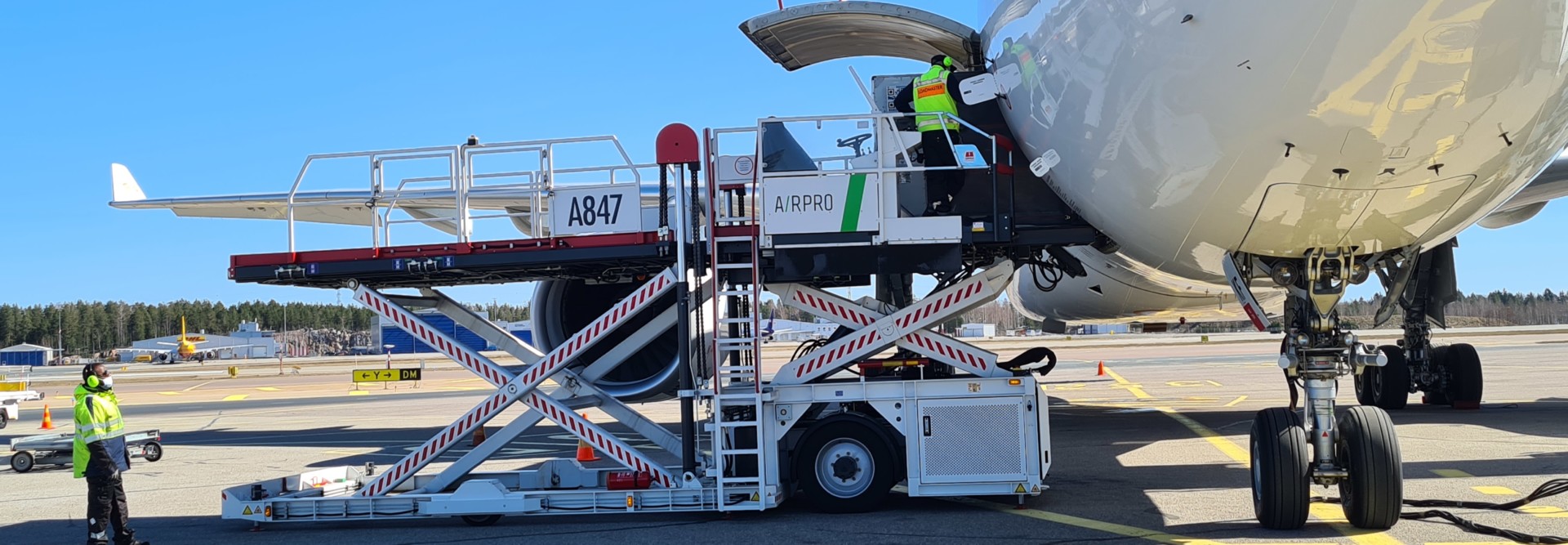
Air travel has revolutionized the way we explore the world, providing unparalleled speed and convenience. However, beneath the glamour and excitement lies a significant disadvantage that often goes unnoticed - the environmental impact of air journeys. In this article, we will delve into the main disadvantage of air travel, shedding light on its consequences and exploring potential solutions.
- Carbon Footprint:
The main disadvantage of an air journey is its substantial carbon footprint. Aircraft emit greenhouse gases, primarily carbon dioxide (CO2), into the atmosphere, contributing to climate change. According to the International Civil Aviation Organization (ICAO), aviation accounts for approximately 2% of global CO2 emissions. This figure may seem relatively small, but when considering the rapid growth of air travel, its impact becomes significant. - High Fuel Consumption:
Airplanes require vast amounts of fuel to operate, making them one of the most fuel-intensive modes of transportation. Jet fuel, derived from fossil fuels, releases CO2 and other pollutants when burned. The sheer volume of fuel consumed by aircraft contributes to the depletion of finite resources and exacerbates climate change. Additionally, the extraction, refining, and transportation of jet fuel further contribute to environmental degradation. - Contrails and Cirrus Cloud Formation:
Contrails, the visible trails of condensed water vapor left by aircraft, can have an indirect environmental impact. These contrails can persist in the atmosphere, forming cirrus clouds. While cirrus clouds have a cooling effect during the day, they trap heat radiating from the Earth's surface at night, contributing to a net warming effect. The overall impact of contrails and cirrus cloud formation on climate change is still being studied, but it is an area of concern. - Noise Pollution:
Airports and flight paths are often located near populated areas, leading to significant noise pollution. The constant roar of jet engines can disrupt communities, affecting the quality of life for those living nearby. Noise pollution not only impacts human health and well-being but also disturbs wildlife habitats, causing stress and potential harm to various species.
Solutions and Mitigation Strategies:
- Improved Aircraft Efficiency: Technological advancements, such as more fuel-efficient engines and lightweight materials, can help reduce the carbon footprint of air travel. Continued research and development in this area are crucial to mitigate the environmental impact.
- Alternative Fuels: Exploring and implementing sustainable aviation fuels, such as biofuels or hydrogen, can significantly reduce the carbon emissions associated with air travel. These alternative fuels have the potential to lower the environmental impact and promote a more sustainable aviation industry.
- Carbon Offsetting: Airlines and passengers can participate in carbon offset programs, where the emissions produced during a flight are compensated by investing in projects that reduce greenhouse gas emissions elsewhere. This approach helps to balance out the environmental impact of air travel.
Conclusion:
While air travel offers unparalleled benefits, it is essential to acknowledge and address its main disadvantage - the environmental impact. By understanding the carbon footprint, fuel consumption, contrails, and noise pollution associated with air journeys, we can work towards implementing solutions and mitigating the environmental consequences. It is crucial for the aviation industry, governments, and individuals to collaborate and prioritize sustainable practices to ensure a greener future for air travel.
